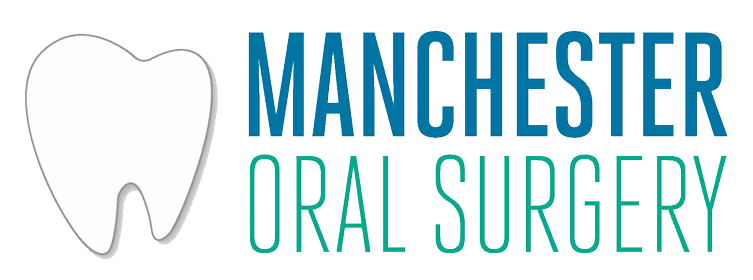Oral Pathology in Manchester, NH
Oral pathology is a term for the diagnosis and management of diseases and infections affecting the mouth. Oral surgeons, like Dr. Abel, help to diagnose and, in some cases, manage patients with certain oral diseases (such as benign cysts and tumors of the jaws, teeth, and gums) or dental-related infections of the mouth, face, and neck. Typically, the skin of our face and neck is soft and pliable, while the soft tissues of our gums are pink in appearance and stippled in texture (like an orange peel). Changes in appearance or texture are usually the first warning signs of oral disease or infection.
Signs to Watch For:
- Red or white patches
- Mouth sores or ulcers that do not heal
- Lumps or masses in the gums or on the lips
- Persistent bleeding, pain, or numbness within the mouth
Patients with any of these symptoms may be at risk for oral cancer and should be evaluated.
We recommend that patients perform an oral cancer self-examination monthly to look for anything that seems abnormal. Of course, your general dentist and/or dental hygienist will look for any suspicious lesions at your regular dental cleanings and checkups. If any abnormalities are detected, you will likely be referred to an oral surgeon, like Dr. Abel, for further evaluation and treatment.
If Dr. Abel determines that you have a suspicious mouth lesion, he may recommend a "biopsy." A biopsy consists of him obtaining a piece of the tissue in question. This procedure requires the administration of local anesthesia and, in some instances, can be supplemented with various forms of sedation. The tissue specimen is then sent to a pathologist for diagnosis. If indicated, it is essential to follow up with Dr. Abel after your biopsy procedure so that he can review the pathologist's findings and discuss further treatment. If oral cancer is suspected, Dr. Abel will likely contact your primary care physician and/or refer you to a head and neck cancer surgeon for definitive management.
Tips for Oral Cancer Screening Self-Exam
While it is important to have an oral cancer screening exam by a dental or medical professional annually, performing your own monthly oral cancer screening self-exam at home is also recommended. It is important to learn what the normal healthy condition of your mouth looks like so that you can identify any abnormal findings and report them to your general dentist and/or primary care doctor as soon as possible. Report any lumps or sores that have not healed after 2 weeks. Here is a routine you can follow to examine yourself:
- Look in the mirror at your face and neck to identify any skin color changes, enlargement of moles, or new lumps appearing different between your right and left sides.
- Feel the skin of your neck, pressing gently to check for lumps or sore spots.
- Lift up your upper lip and lower your bottom lip to look and feel for lumps, white or red patches, or sore spots. Repeat the same for your cheeks.
- Remove any dentures or other mouth appliances.
- Using a flashlight and a small mirror, check your gums and the roof of your mouth for lumps, white or red patches, or sore spots.
- Then, examine all sides of your tongue and the floor of your mouth for lumps, white or red patches, or sore spots.
Frequently Asked Questions
Is oral cancer screening necessary?
Yes. Early detection of cancerous or precancerous changes in the head and neck can lead to a patient’s greatest chances for successful treatment. According to the Oral Cancer Foundation (OCF), screening for oral cancer by a physician or dentist should be done annually beginning around 18 years of age – or sooner if the individual uses tobacco products. The OCF encourages monthly self-screening at home as well to potentially catch something earlier than waiting for your yearly professional exam.
Are there any certain risk factors for oral cancer?
Yes. While there is no specific cause of oral cancer, there are a few potential risk factors including:
- Tobacco use (including cigarettes, cigars, pipes, and chewing tobacco)
- Excessive alcohol use
- HPV infection
- Diet low in fruits and vegetables
- Overexposure to sun
Are all head and neck tumors and cysts dangerous?
No, not all head and neck tumors and cysts are dangerous. But, if left untreated, they have the ability to grow and, in some cases, degenerate into cancers. Enlargement of tumors and cysts can destroy neighboring bone, gum tissue, and even your teeth.
How are dental cysts treated?
Cysts are treated by enucleation (removal). Depending on the size of the cyst and where it is located, cyst removal can be easy or complicated. A small cyst that is readily accessible can often be removed easily. A large cyst buried deep within soft tissues or bone requires more invasive surgery to remove. Recurrence is a potential complication of any cyst removal.
